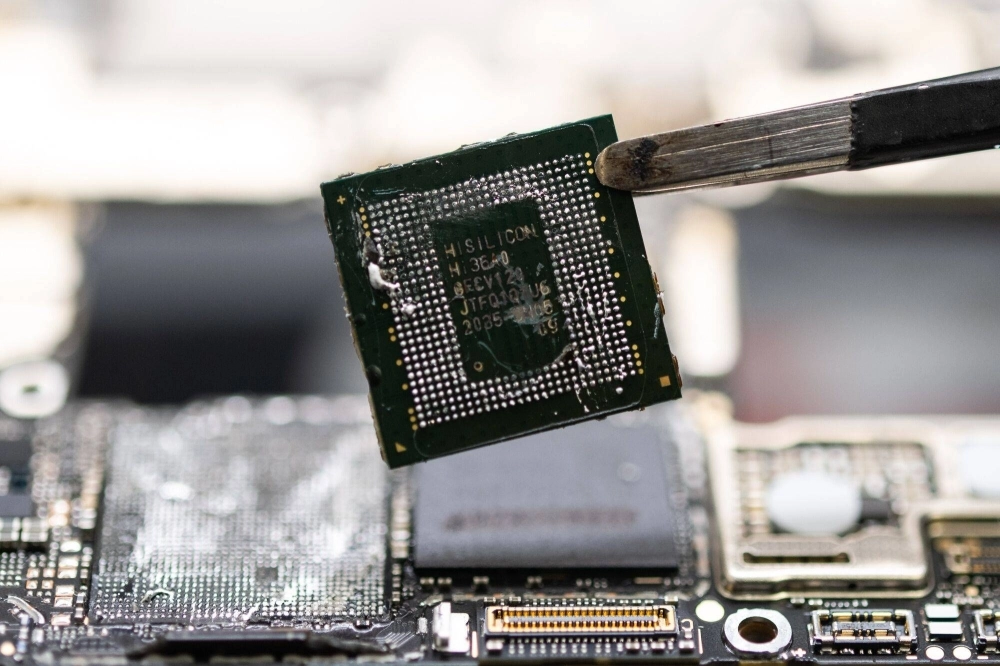Let’s talk about telephones.
To begin, here is some housekeeping: All of you with Apple iPhones or who use the iOS system should download and install the new system update. Apple, with help from the University of Toronto’s Citizen Lab, has identified two vulnerabilities that allow hackers to access phones “without any interaction by the victim.”
The spyware, reportedly developed by the NSO Group, an Israeli company that has been in the news for providing software to governments that use it to hack journalists, business executives and activists rather than just criminals and terrorists, can compromise devices without the user doing anything. No need to click fake links, download malware or anything else. That’s scary. It’s also increasingly common.


















With your current subscription plan you can comment on stories. However, before writing your first comment, please create a display name in the Profile section of your subscriber account page.